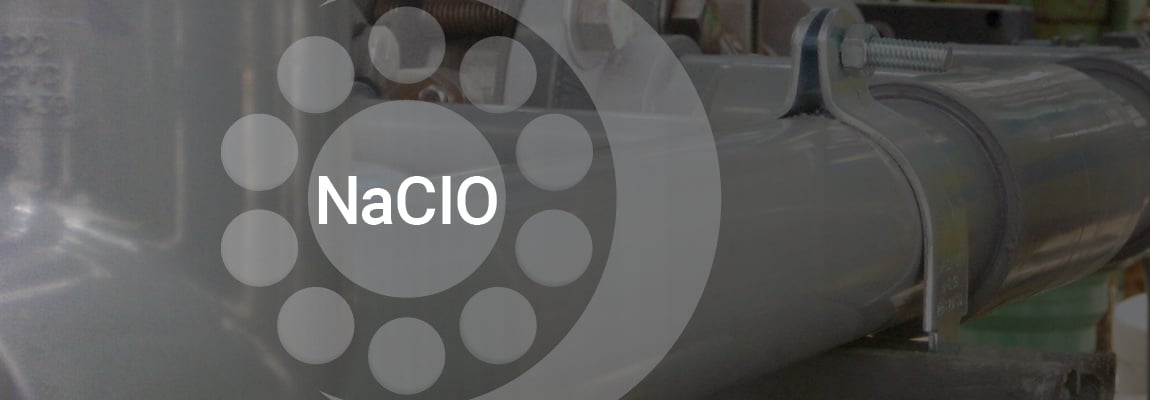Corzan® CPVC Blog
From the pioneer in CPVC material, Corzan® Material and Piping Solutions provides the resources, advice and insights needed to design long-lasting, reliable commercial and industrial systems.Corzan® CPVC: The Reliable Choice for Sodium Hypochlorite
Treating wastewater from agriculture, sewage and industrial plants typically involves three stages—primary, secondary and advanced or tertiary treatment. After primary treatment and secondary...

